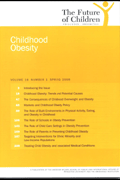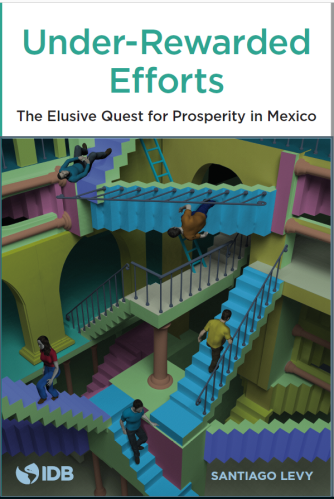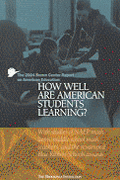The process of conditioning via reward learning is highly relevant to the study of food choice and obesity. Learning is itself shaped by environmental exposure, with the potential for such exposures to vary substantially across individuals and across place and time. In this paper, we use computational techniques to extend a well-validated standard model of reward learning, introducing both substantial heterogeneity and dynamic reward exposures. We then apply the extended model to a food choice context.
The model produces a variety of individual behaviors and population-level patterns which are not evident from the traditional formulation, but which offer potential insights for understanding food reward learning and obesity. These include a “lock-in”effect, through which early exposure can strongly shape later reward valuation. We discuss potential implications of our results for the study and prevention of obesity, for the reward learning field, and for future experimental and computational work.
INTRODUCTION
Obesity has a complex etiology, with multiple known pathways. Considerable evidence suggests the food environment can be an important driver of obesity, and that individuals may differ in their propensity to over-consume in response to food cues in the environment. Some researchers refer to “hedonic hunger”—hunger driven by food cues and the anticipation of food pleasure rather than purely homeostatic caloric needs—underlining the importance of brain reward systems in guiding eating decisions.
We focus on the proposition that preference for high calorie foods, and the inability to resist the appeal of food cues, develops in part through a form of conditioning. Conditioning refers to the attribution of incentive properties to previously neutral cues paired with primary rewards, such as food, via learning. Individuals with an enhanced ability to learn from rewards would be more prone to this form of conditioning, and also to the related phenomenon of sensitization, which refers to a progressive increase in the neural and behavioral response to repeated rewards. Animal research strongly suggests that inherent differences in the dopamine system promote differential learning about reward-predicting cues, which in turn promotes greater motivation to consume and seek the associated reward in the presence of such cues.
The Brookings Institution is committed to quality, independence, and impact.
We are supported by a diverse array of funders. In line with our values and policies, each Brookings publication represents the sole views of its author(s).








Commentary
A Model of Food Reward Learning with Dynamic Reward Exposure
October 11, 2012